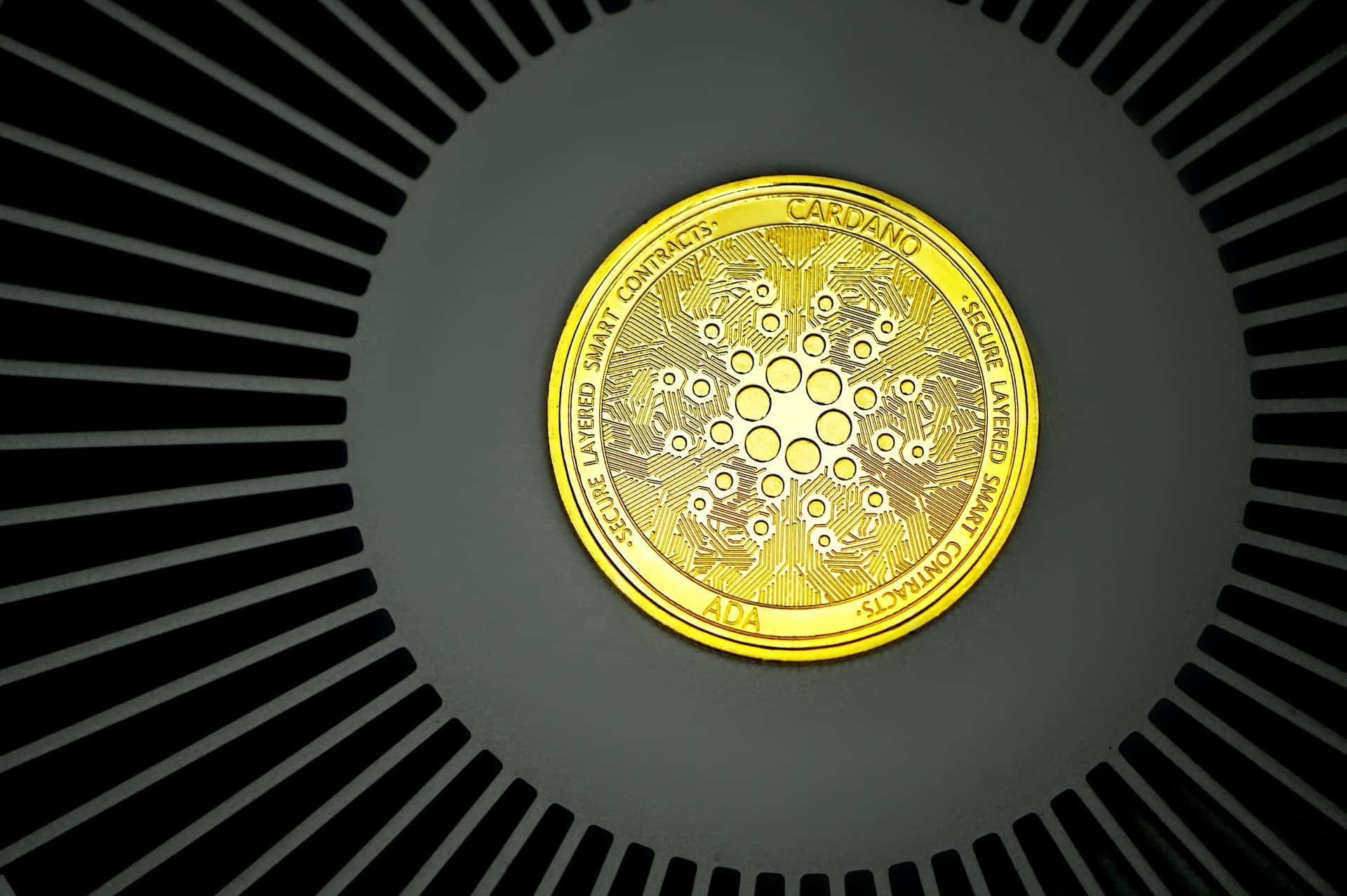Cardano node implements transactions in a first-come-first-serve model but what would happen if the blockchain hit 100% load? Will it prioritize transactions then?
Given that the network load is currently 94%, Sebastian Guillemot, CTO and co-founder of dcSpark and a contributor to Cardano, gave some insight into what users might anticipate in such situations.
Three key factors, in his opinion, should be taken into account:
First, users may have to wait a while for their transaction to show up on-chain. “The further above 100% we get, the longer you will have to wait.”
Sometimes, transactions might not reach the blockchain, when lightweight mempools hit full capacity.
Guillemot claimed that most light wallets like FlintWallet allow users to choose a specific node to which transactions should be routed. “Best to run your own node”, he quipped.
The Cardano contributor then advised users to closely monitor Stake pool activities because it will soon start offering priority access.
They may sell it to users, and they may sell it to dApps [ex: prioritize one DEX over another] Keep an eye out for how this may impact which DEX is best to use at any given time.
Similar circumstances have been experienced by users before. All three, according to Guillemot, took place in 2021, during the height of the bull market.
“It is best to acquire knowledge now and to be ready because it doesn’t seem like things will slow down”.
The Cardano contributor claimed that things have improved since then as much of the scalability roadmap from 2021 has been implemented.
Cardano’s Roadmap For Boosting Scalability
However, there is still room to improve Cardano’s scalability. Some of these, per Guillemot, include:
Increasing the Block sizes once more, more decentralized applications switching to Plutus V2, the use of sidechains & L2s to divert traffic from the L1 [Milkomeda_com, @PaimaStudios, Hydra], etc.
Recently, Input Output Hong Kong [IOHK], the firm behind the Cardano protocol announced the launch of the first Hydra head on the mainnet.
The objective of the Cardano Hydra protocol, according to Sebastian Nagel, a developer working on it, is to scale the parent blockchain’s transactions in order to make it more useable.
Hydra is a family of Layer 2 protocols that aims to aid Cardano’s adoption in situations where quick and inexpensive transactions are necessary.

